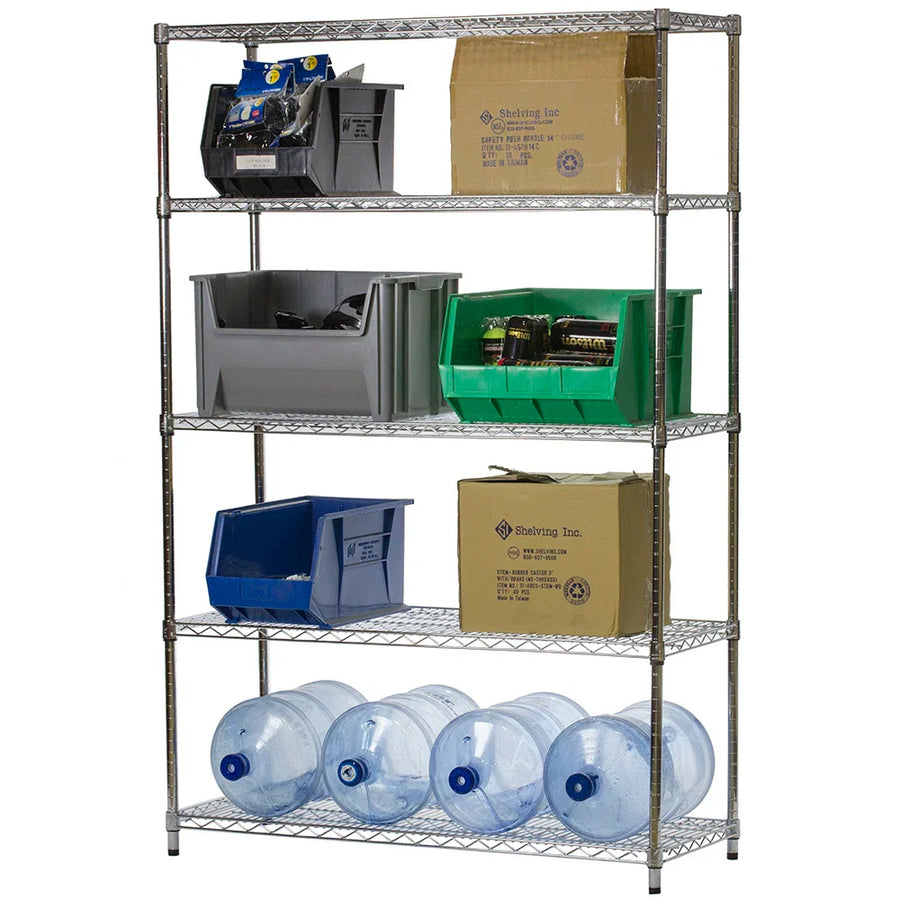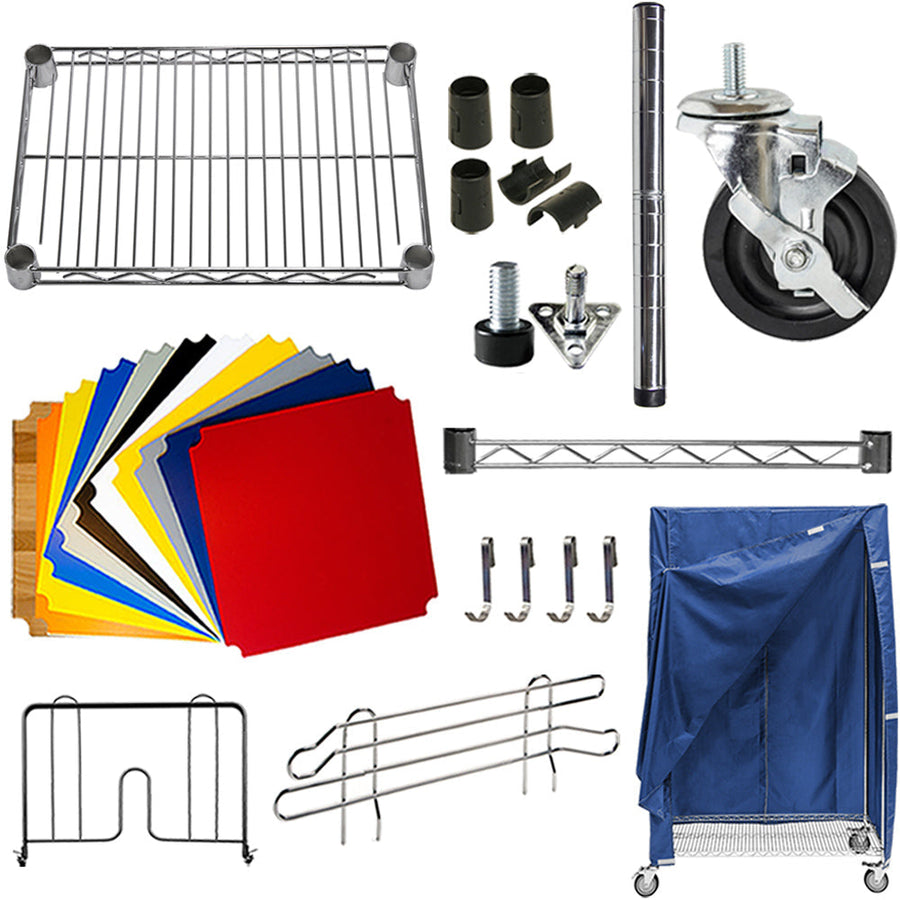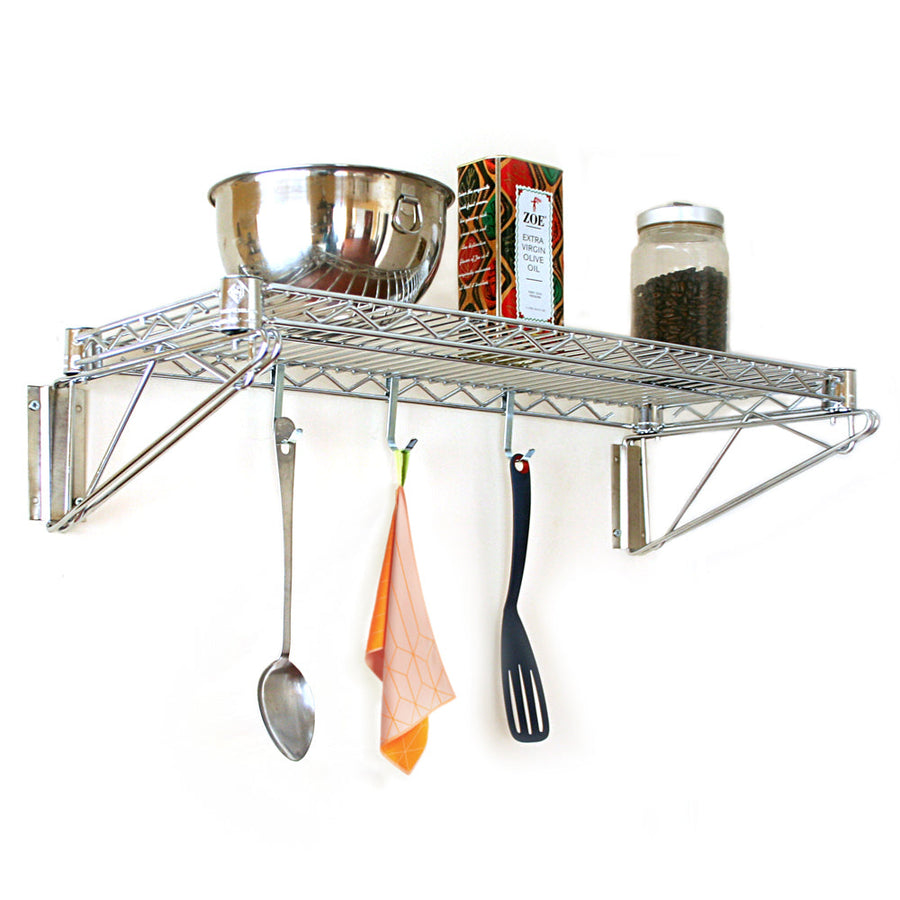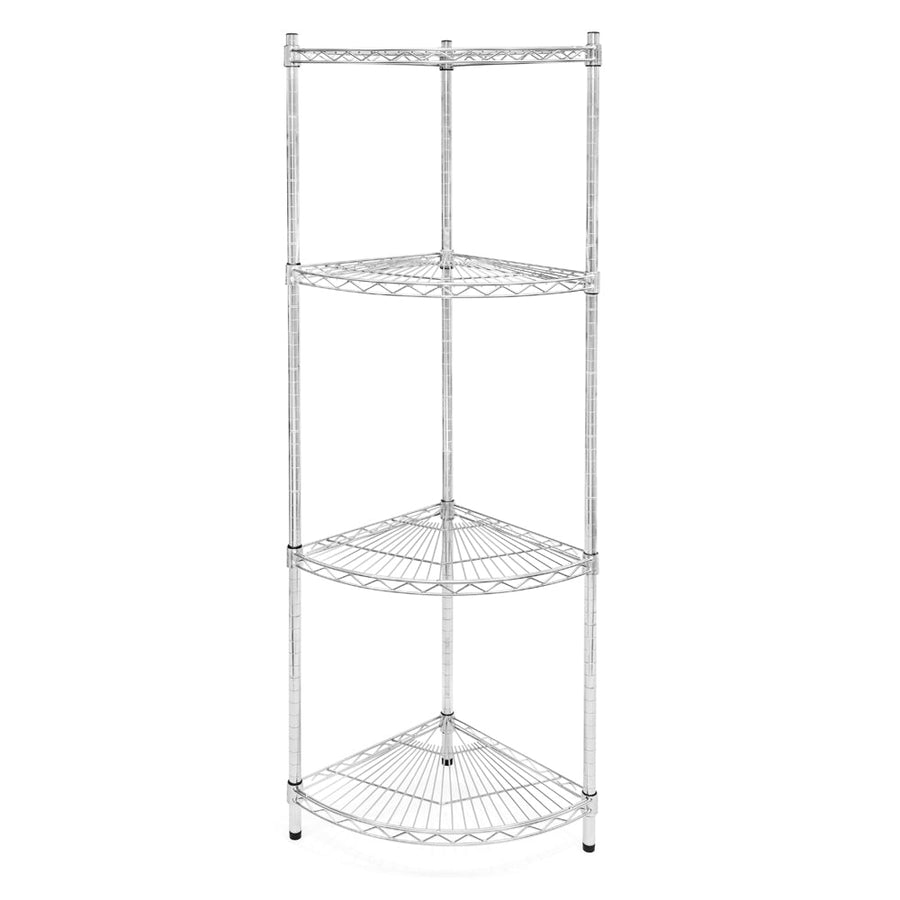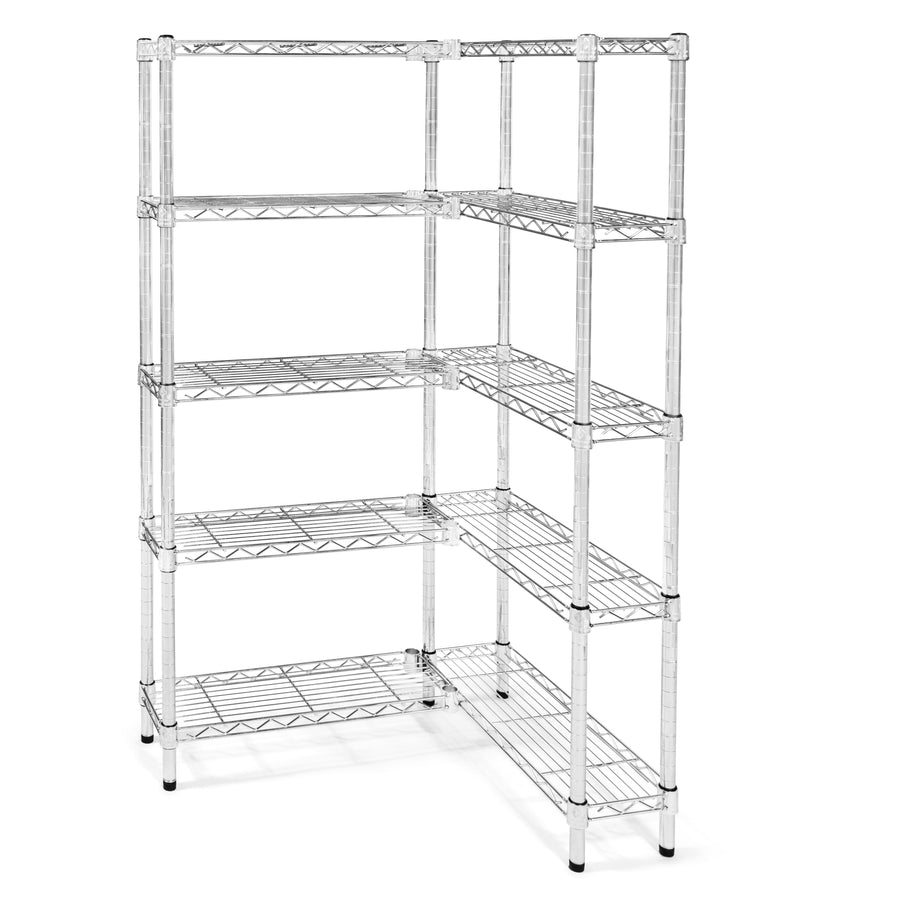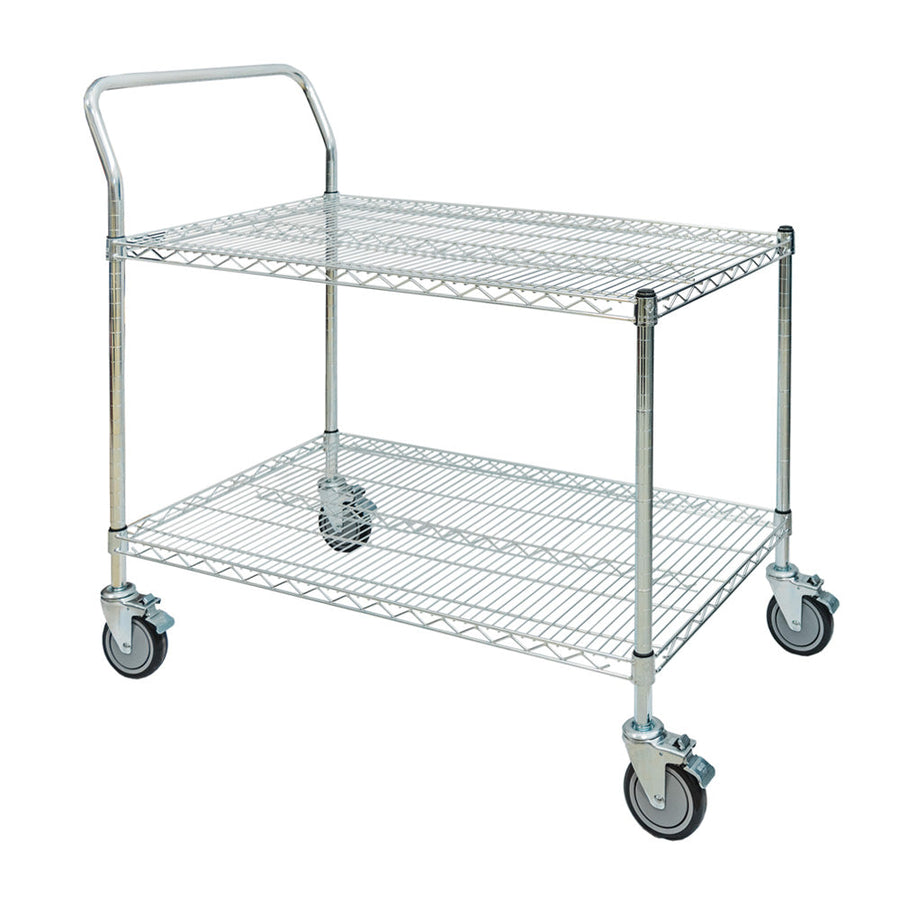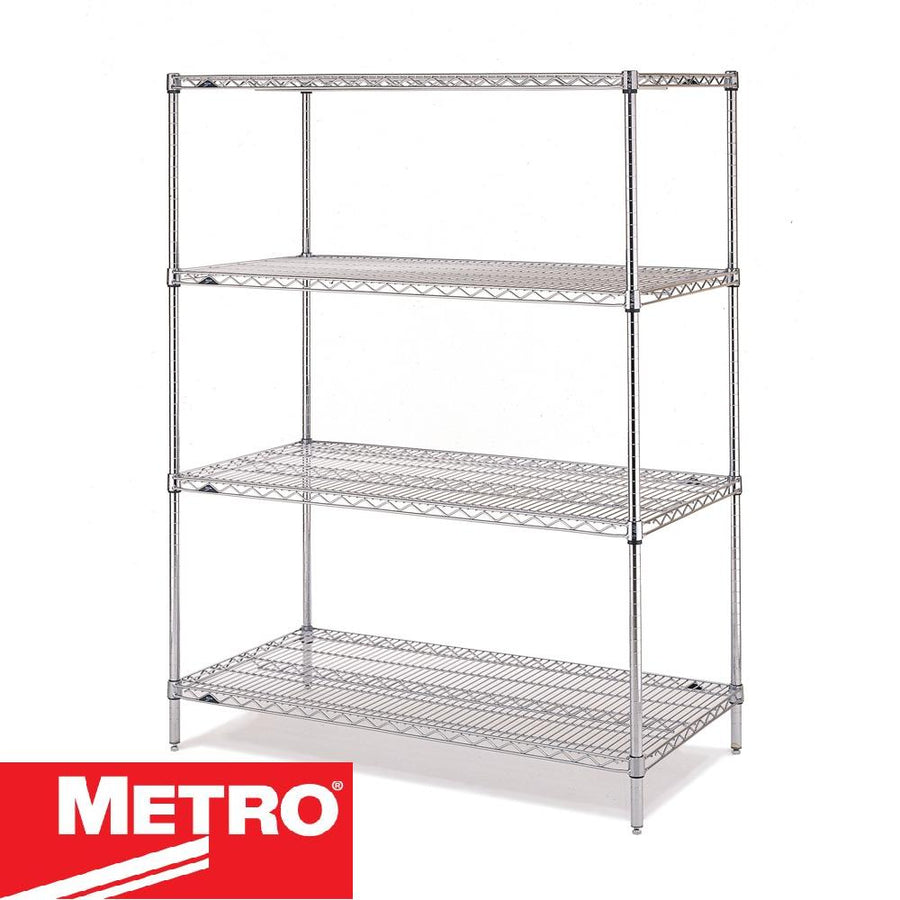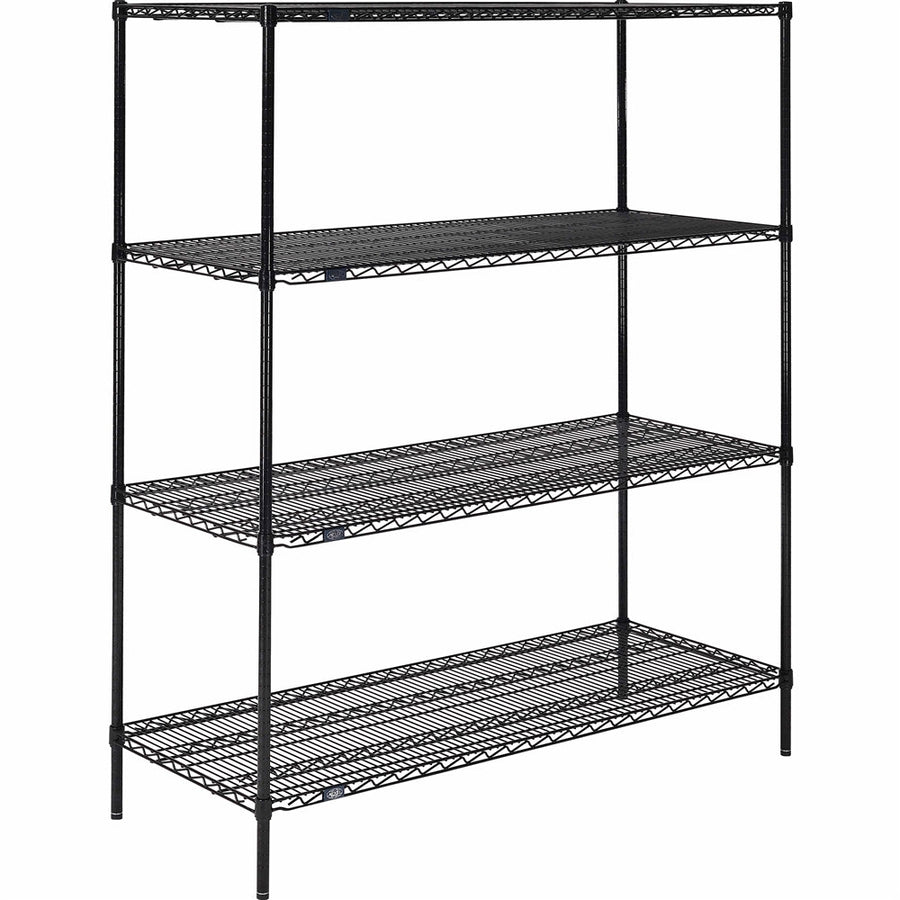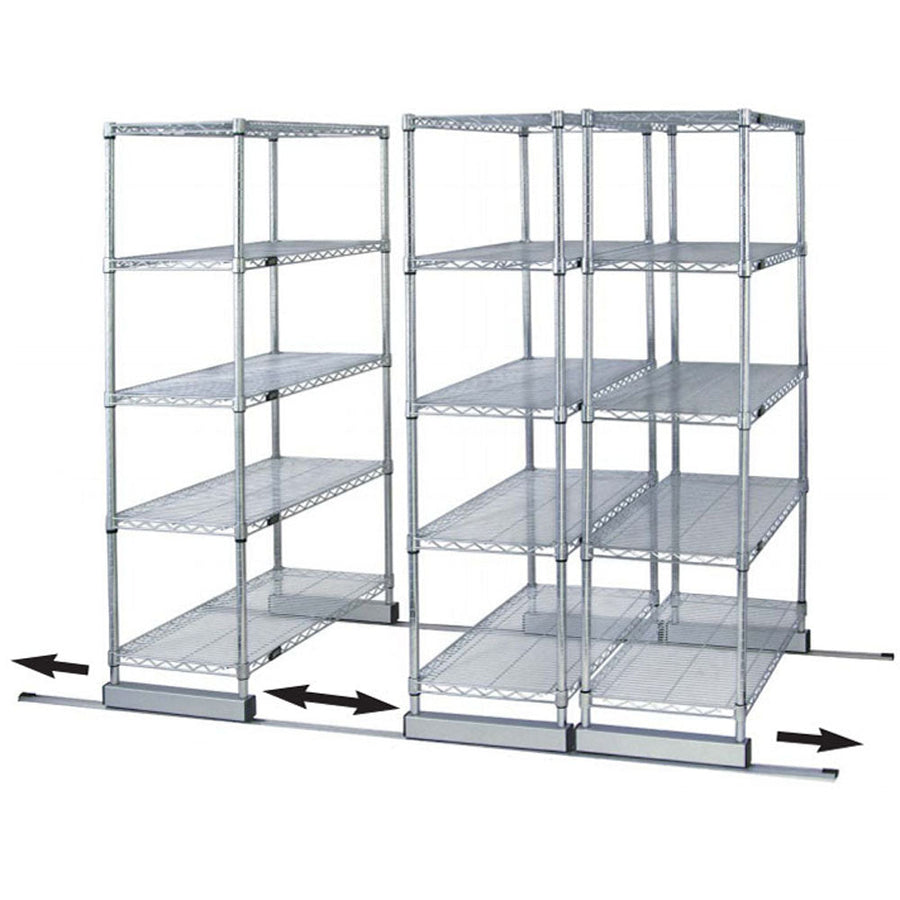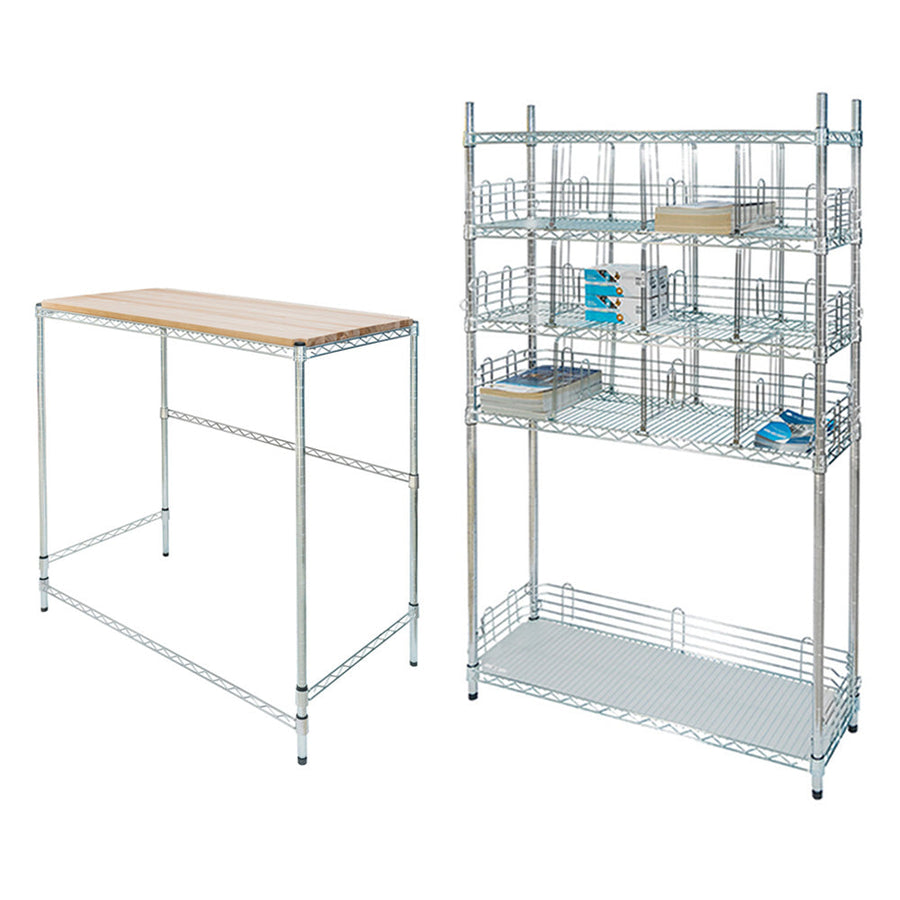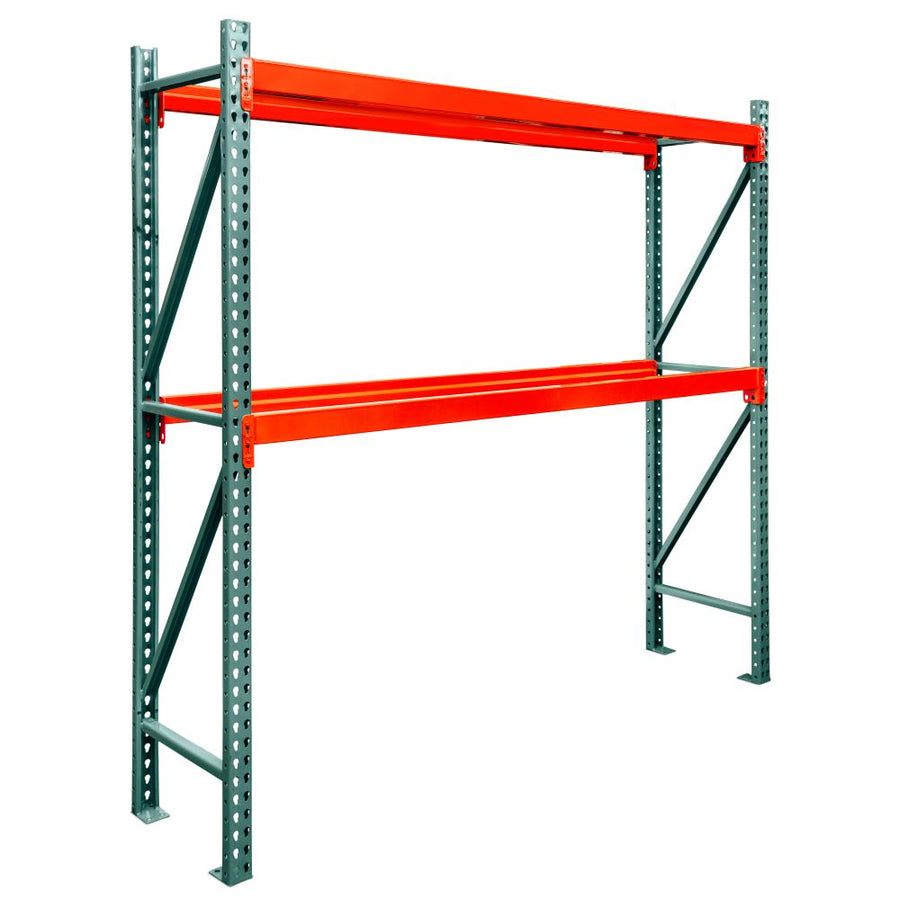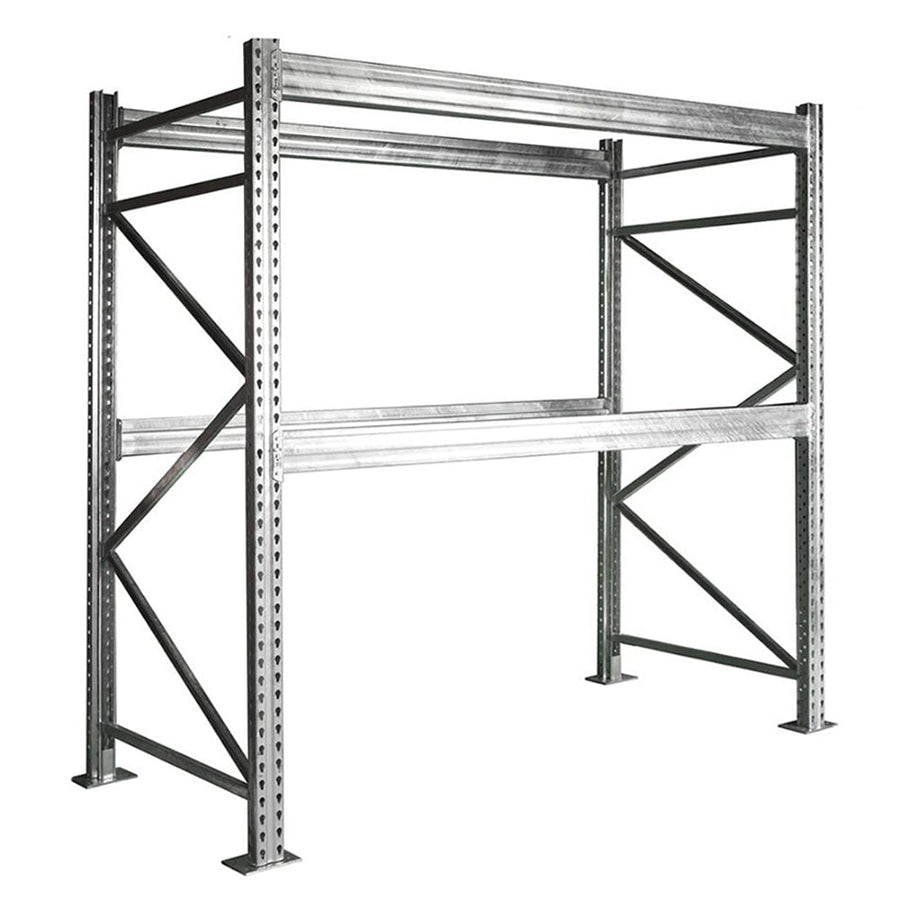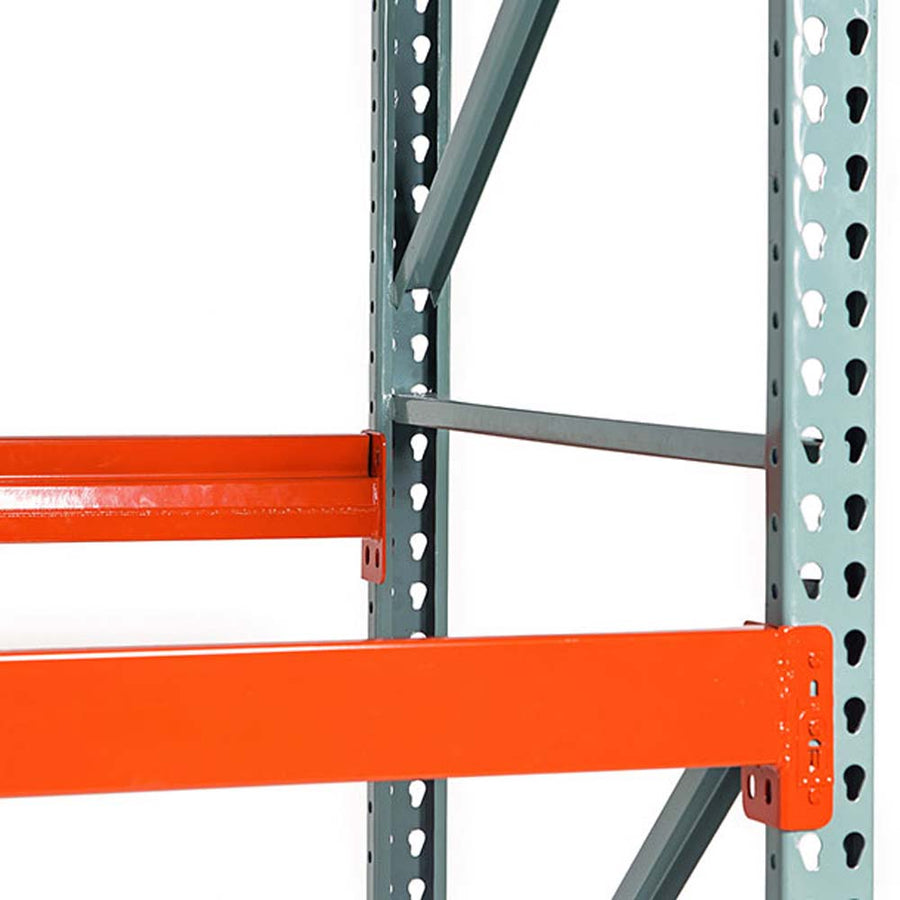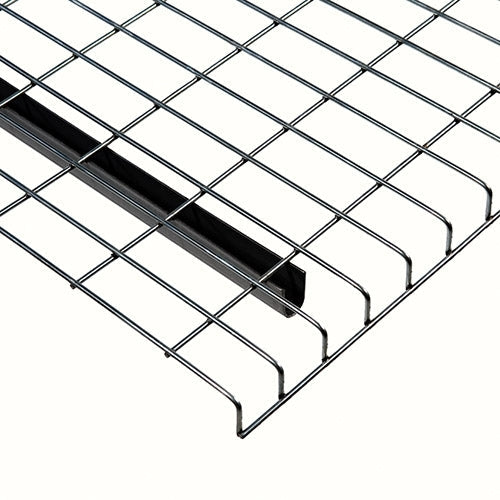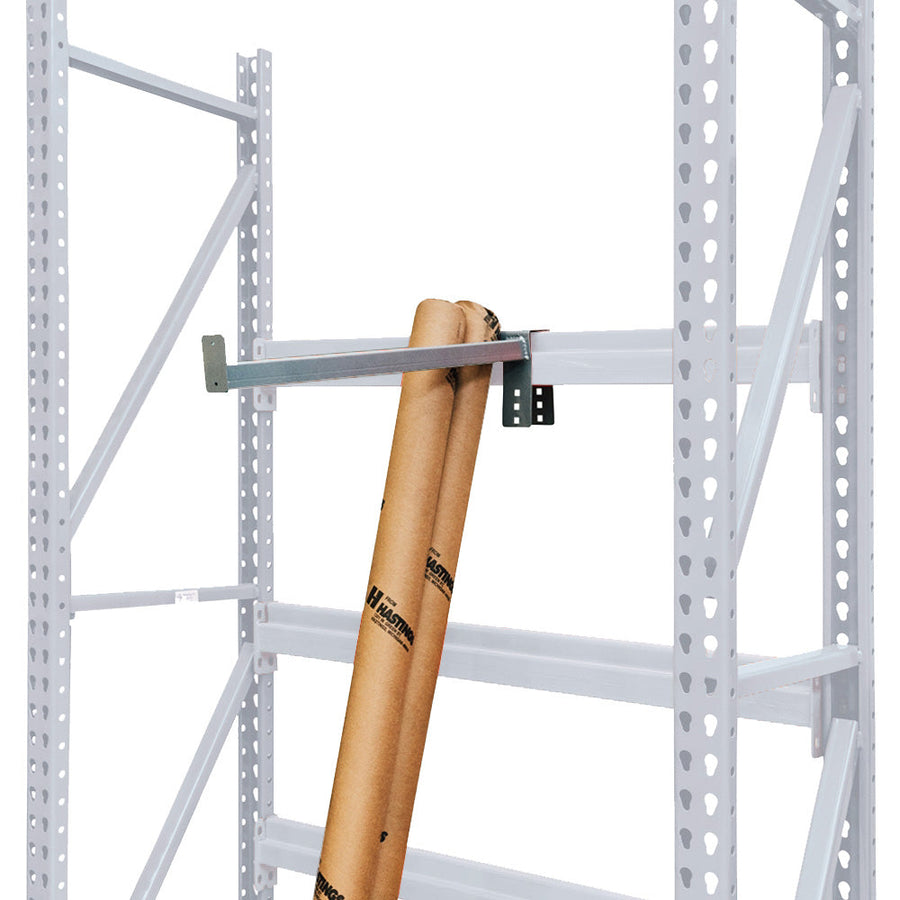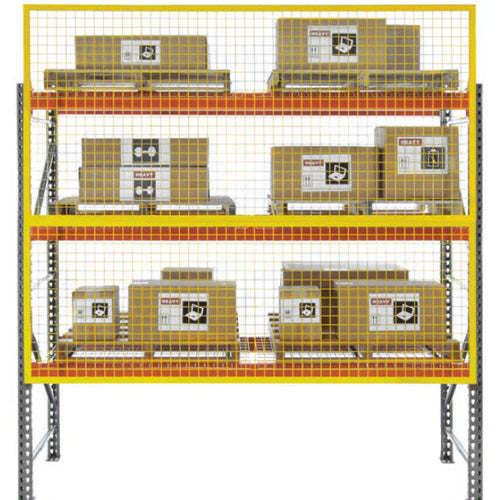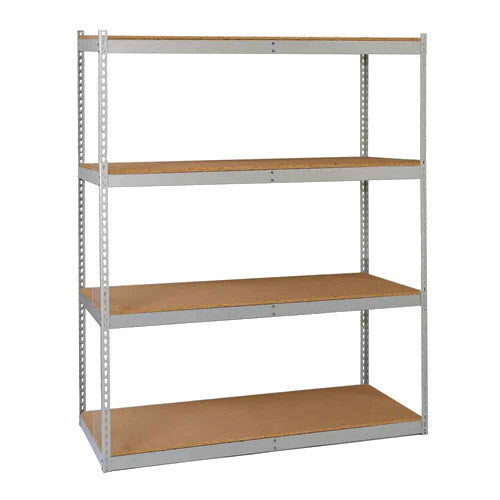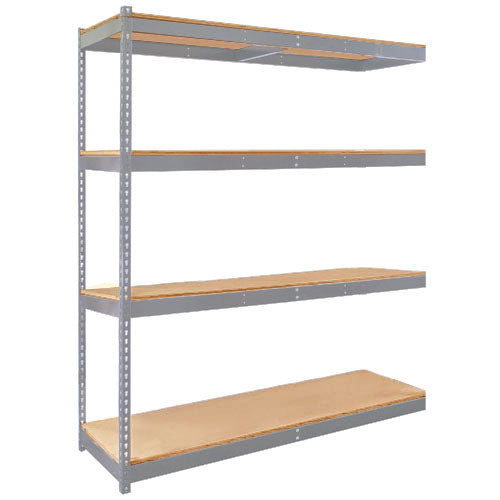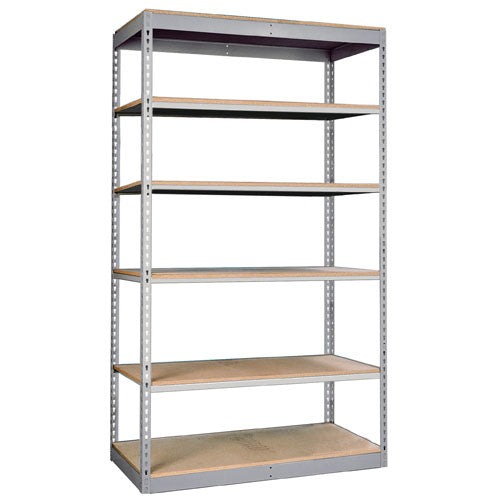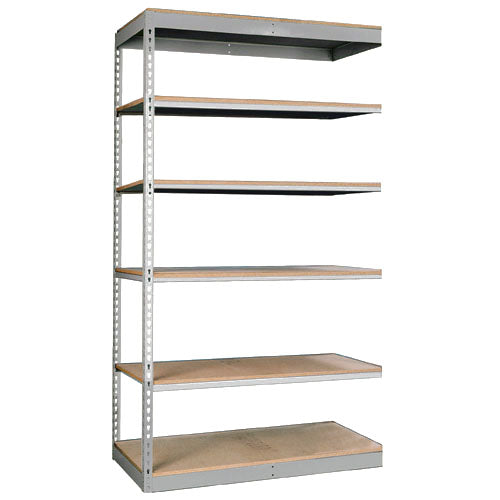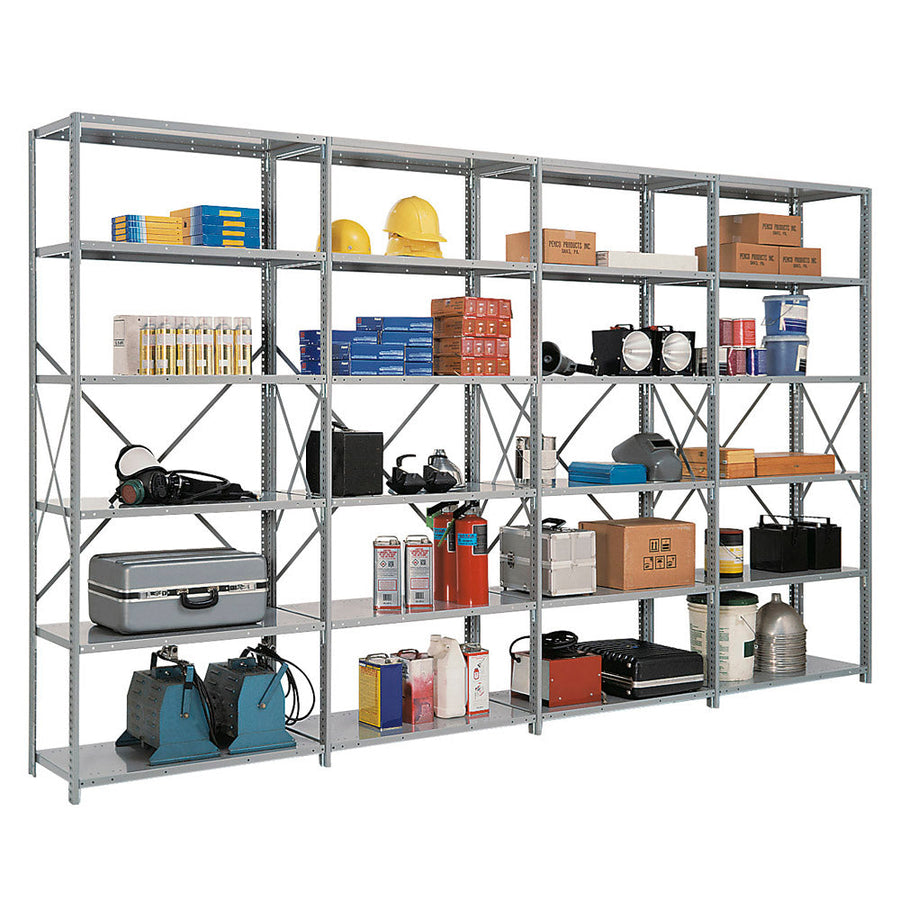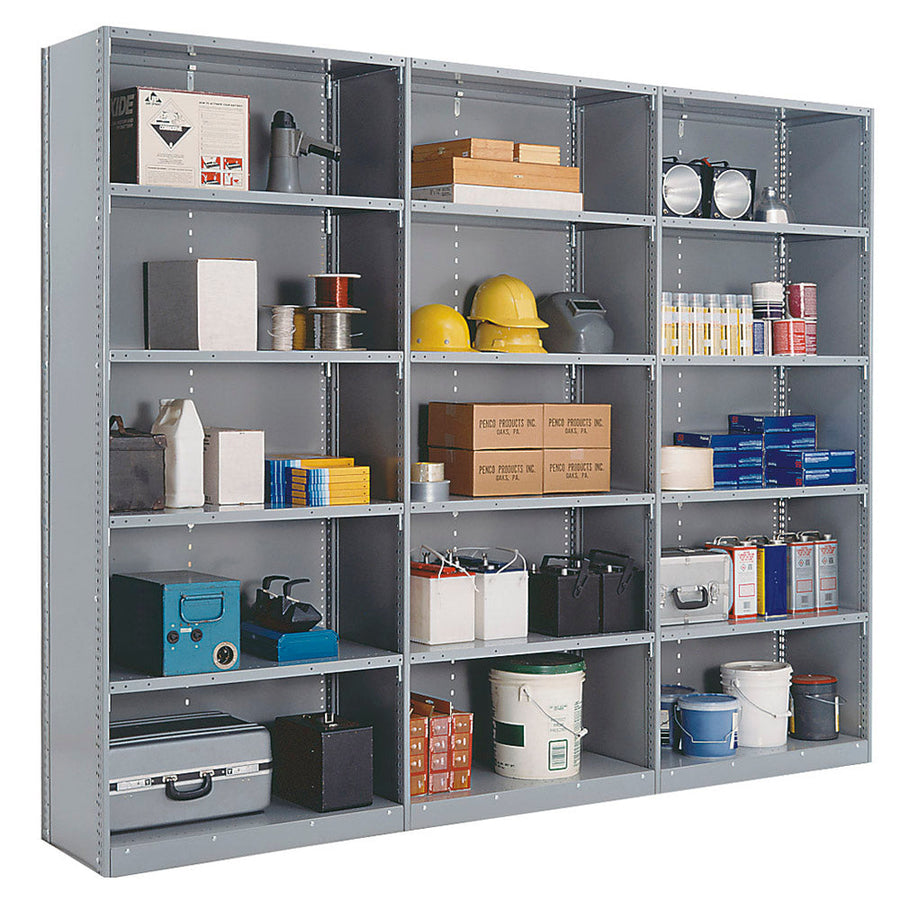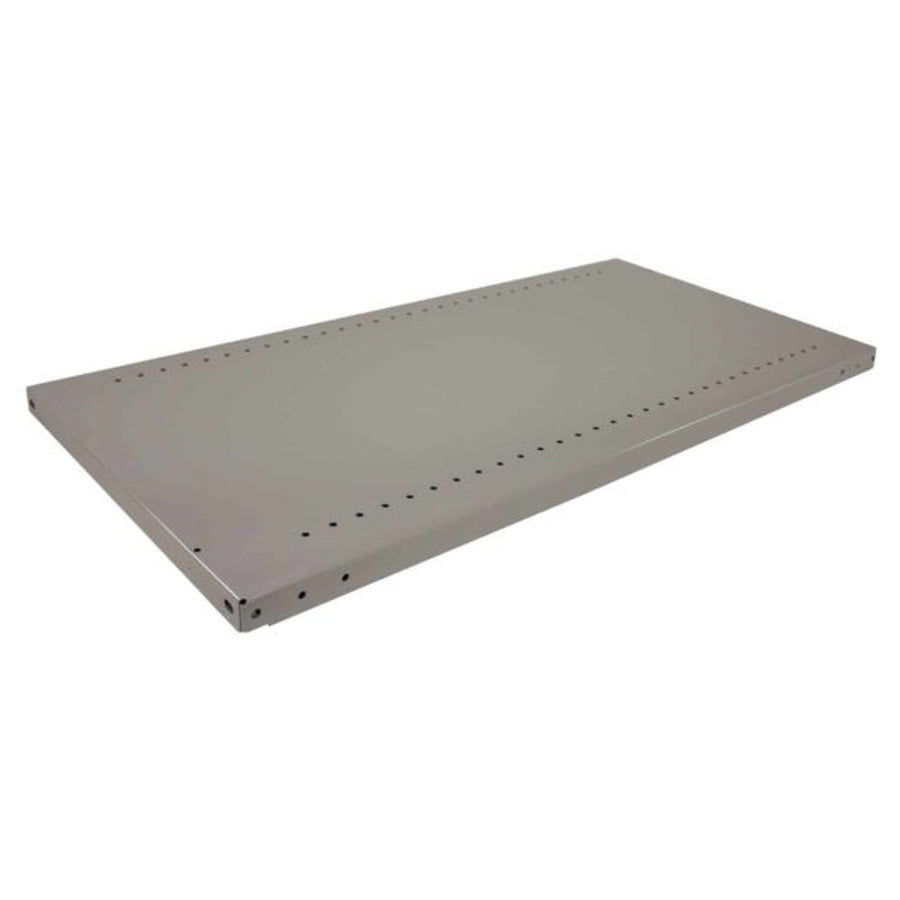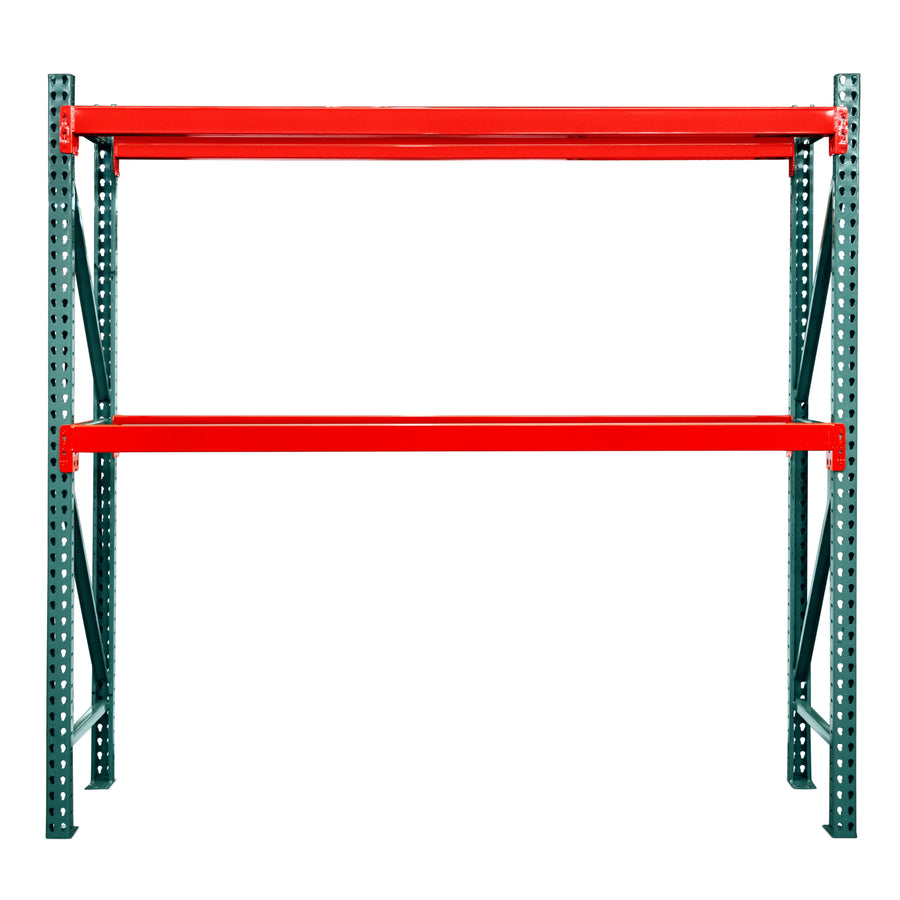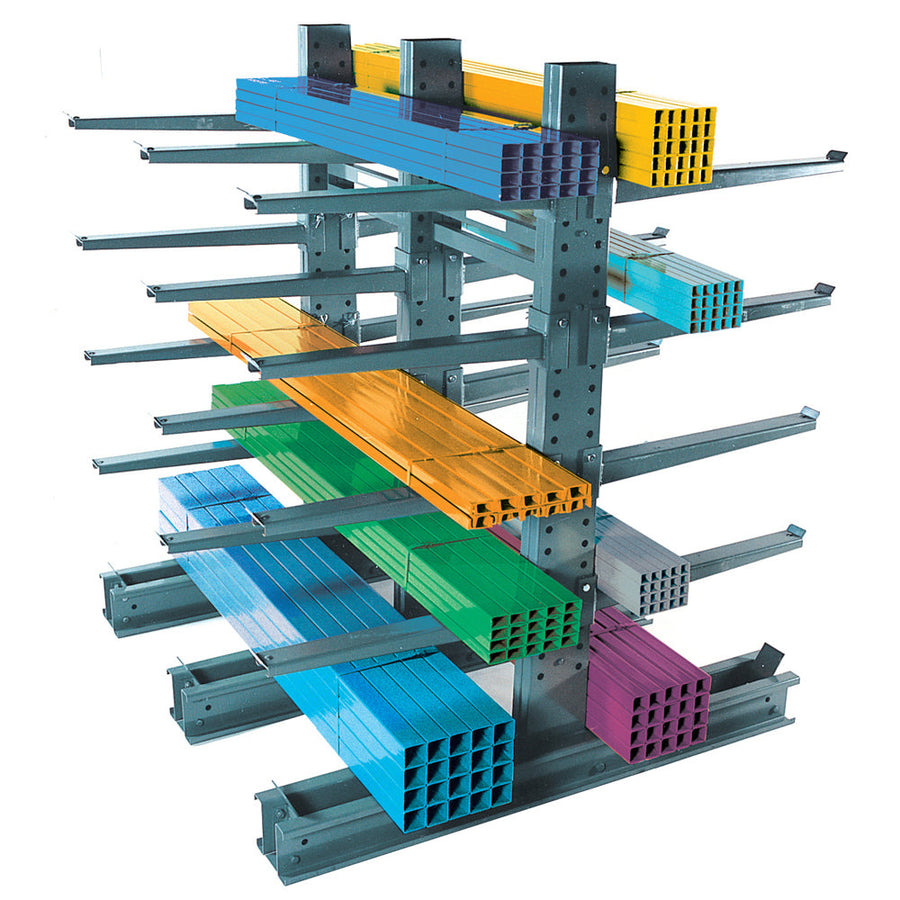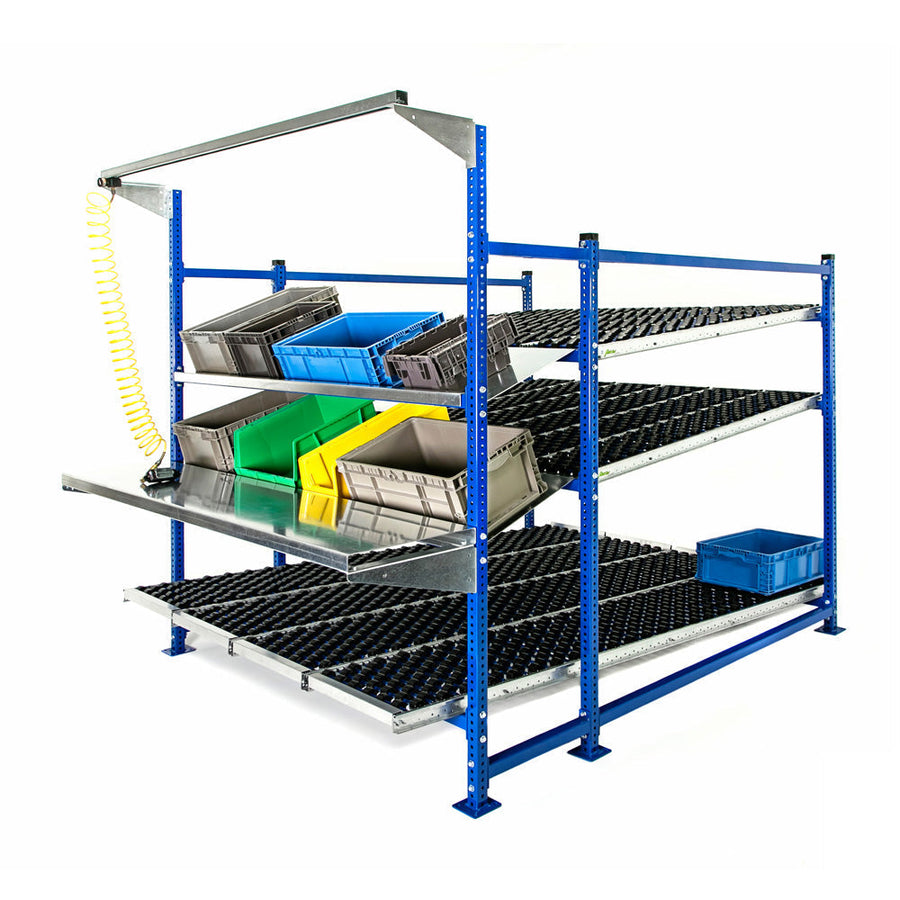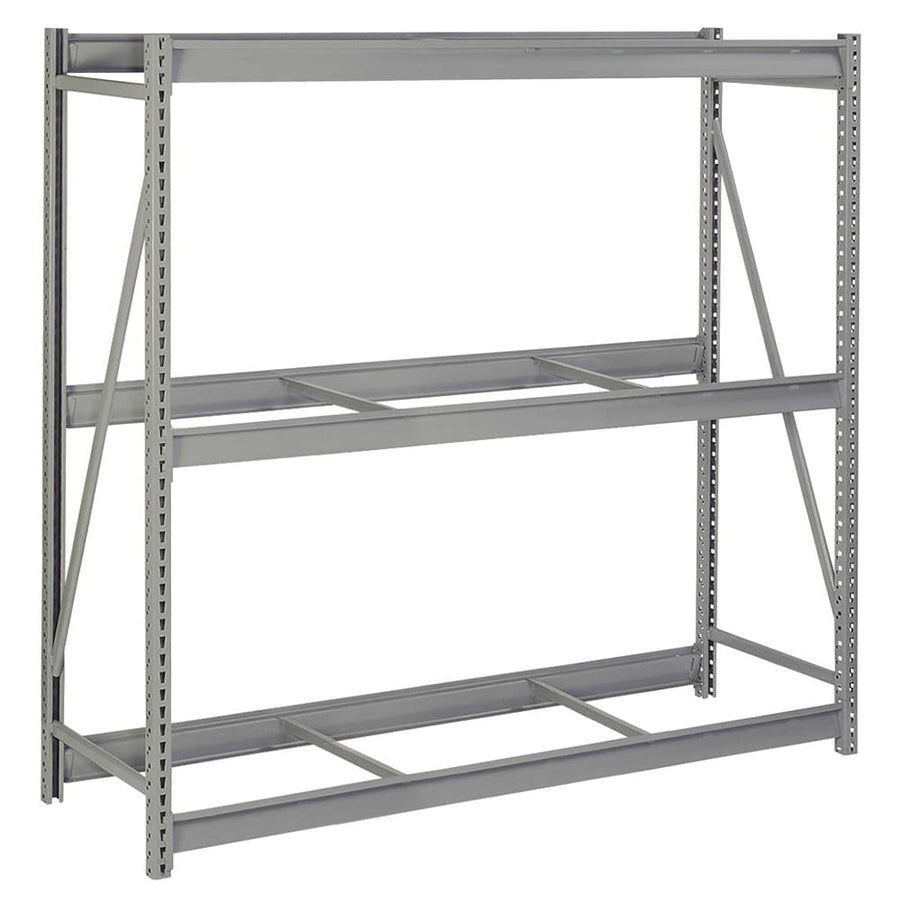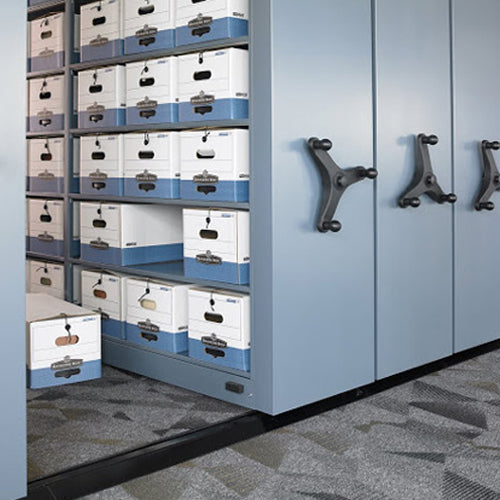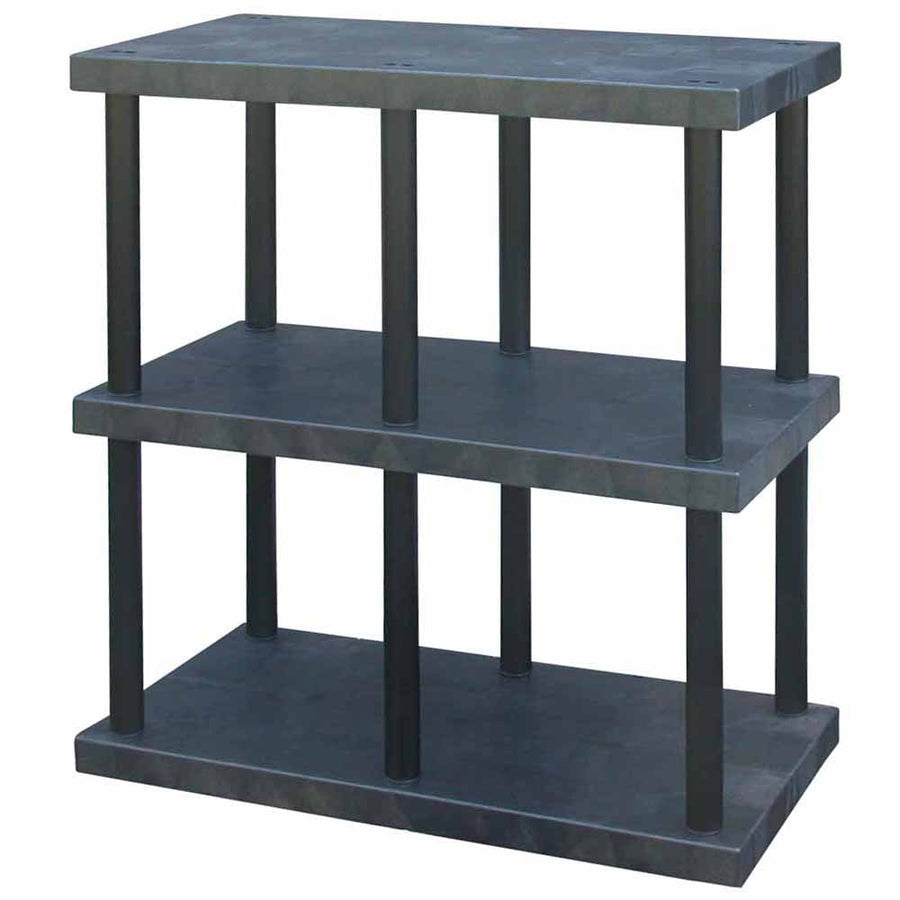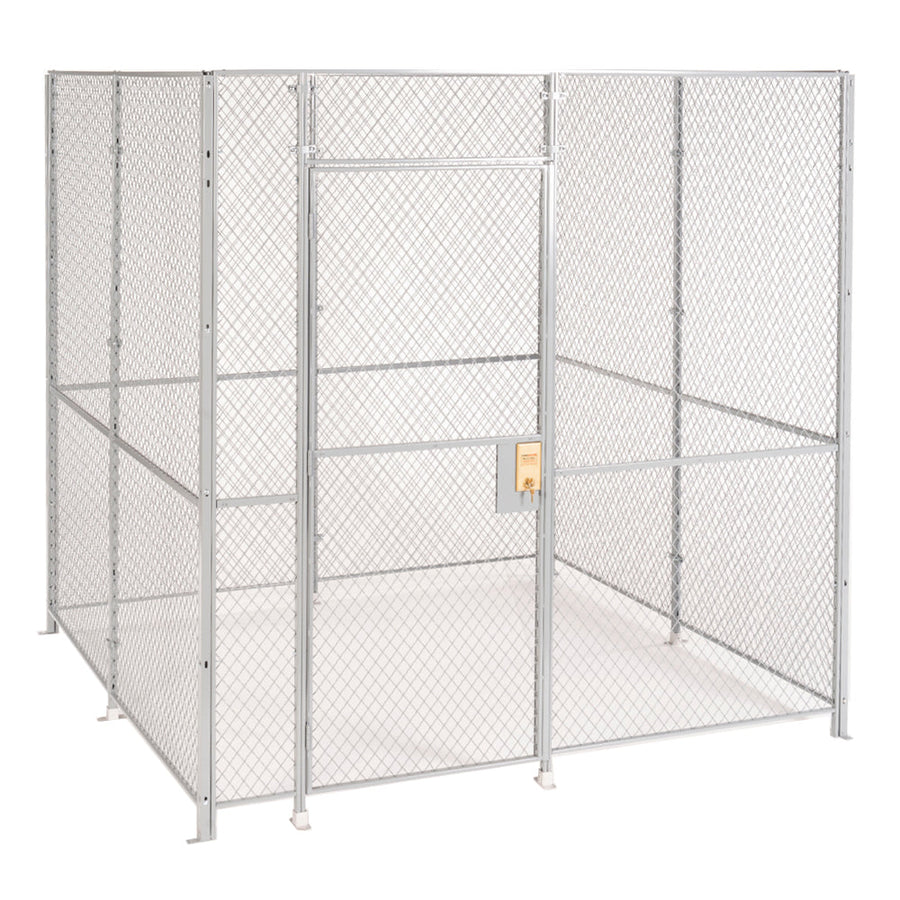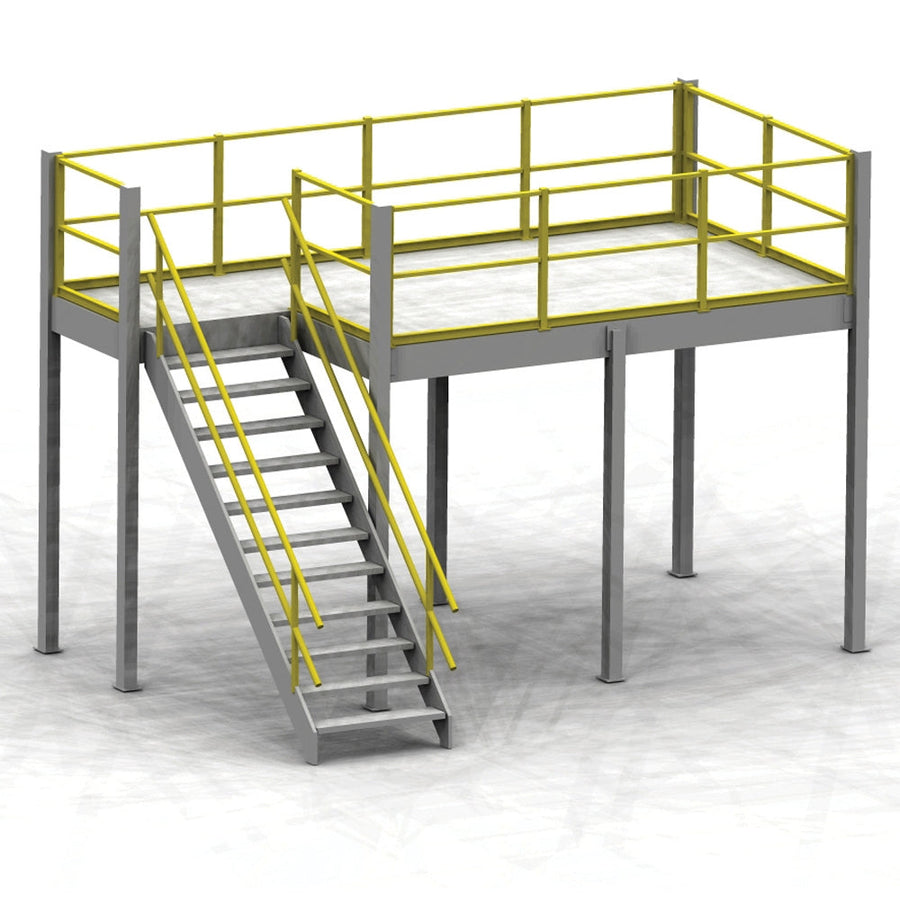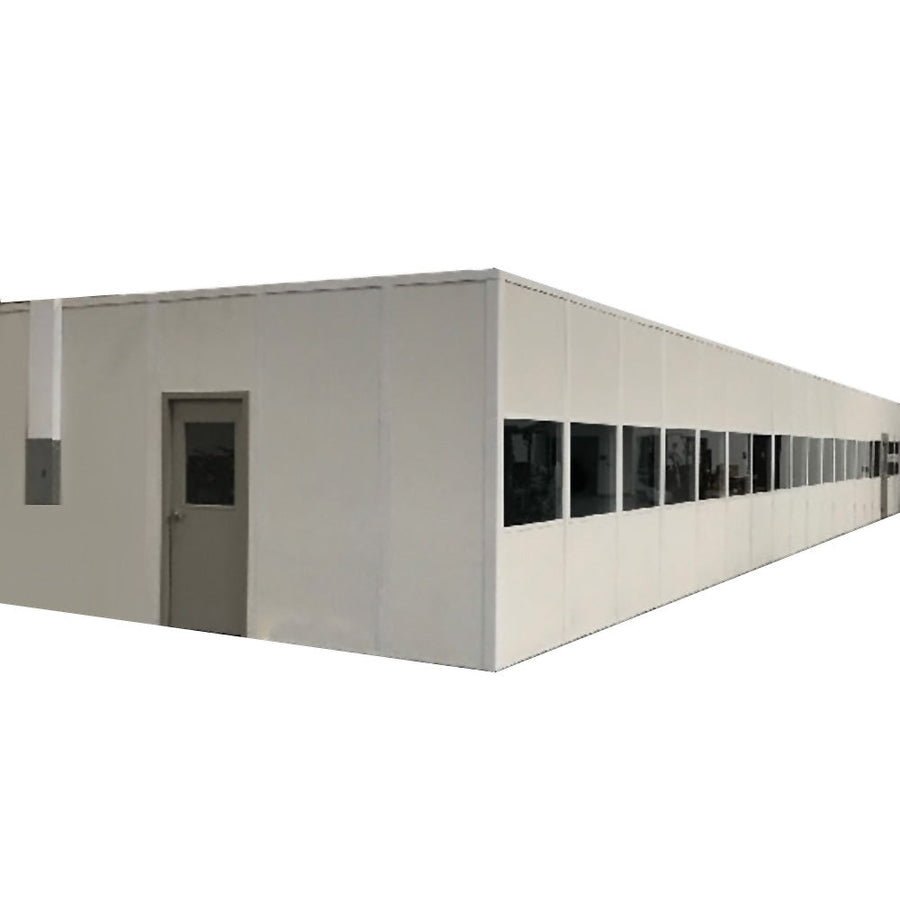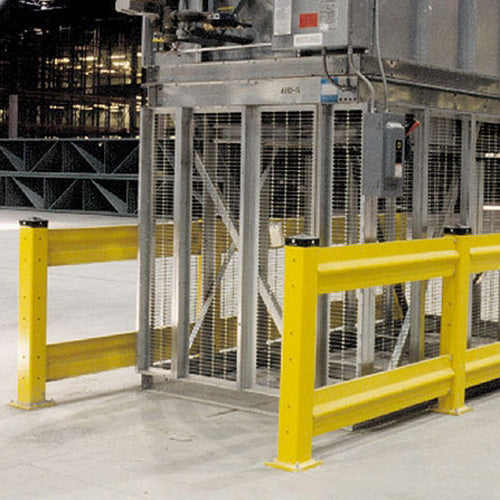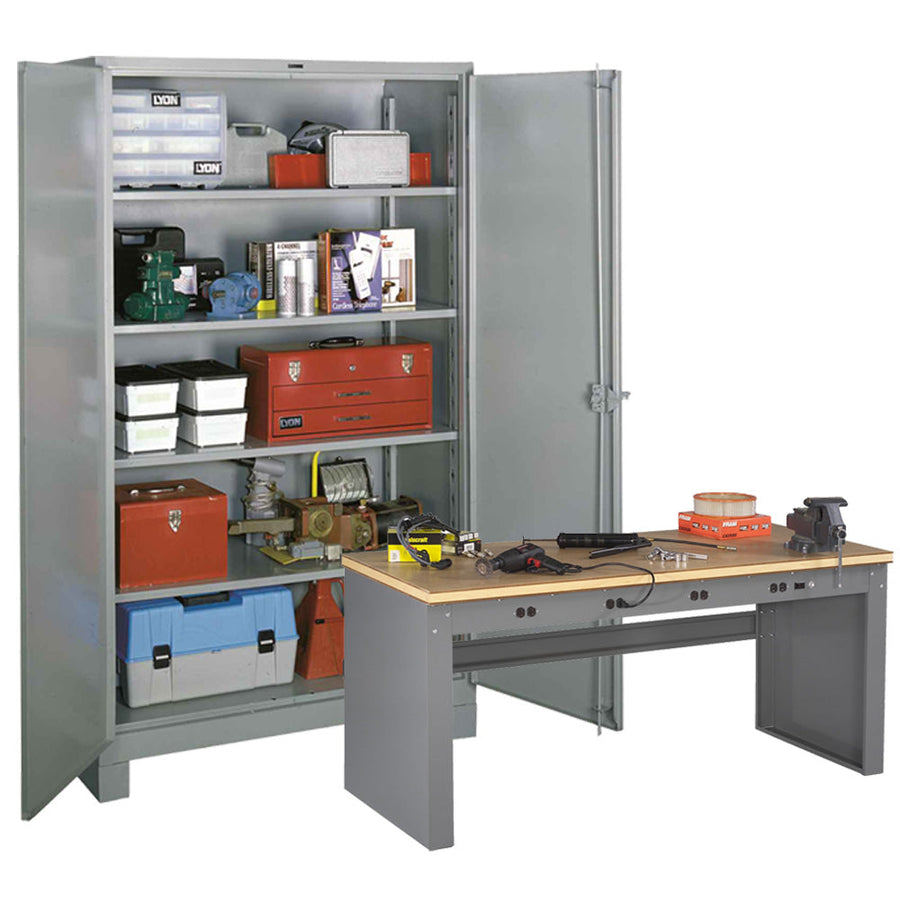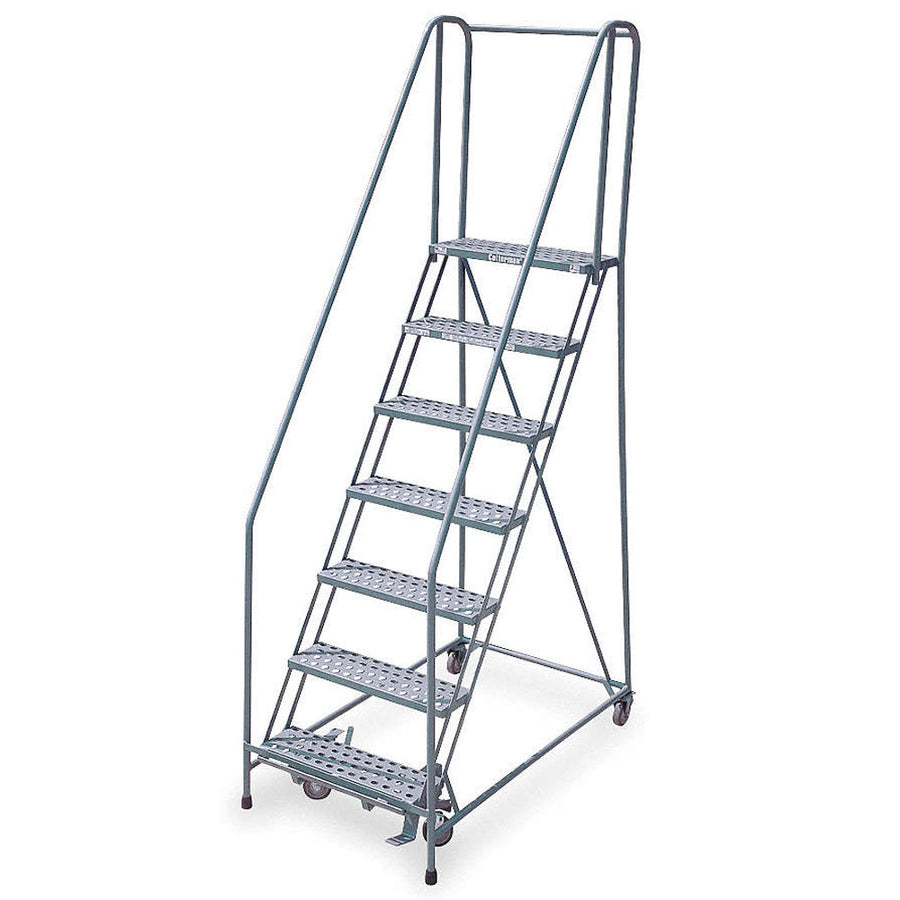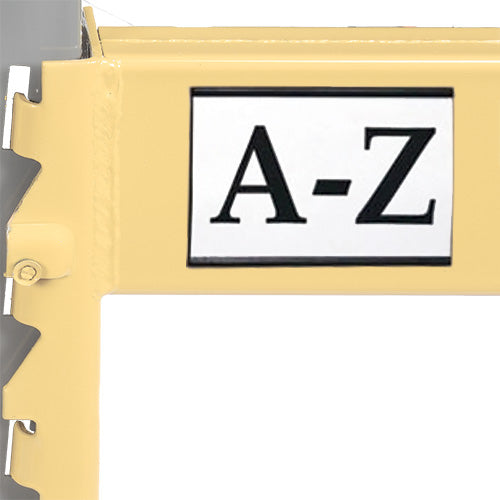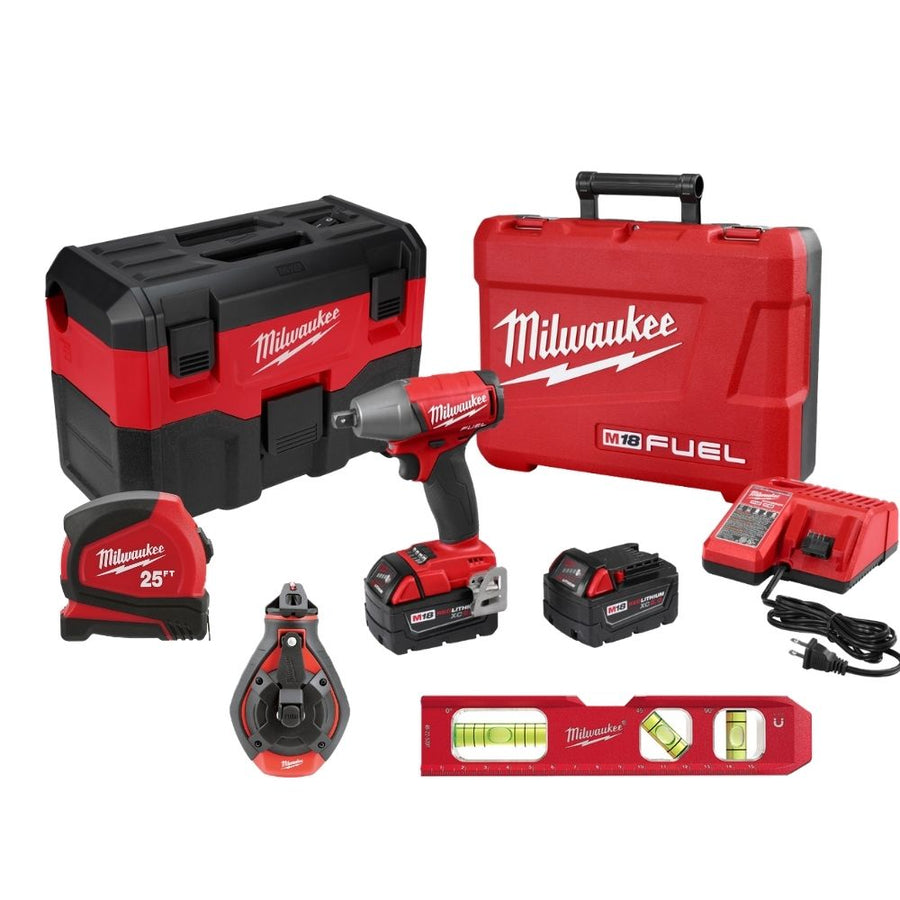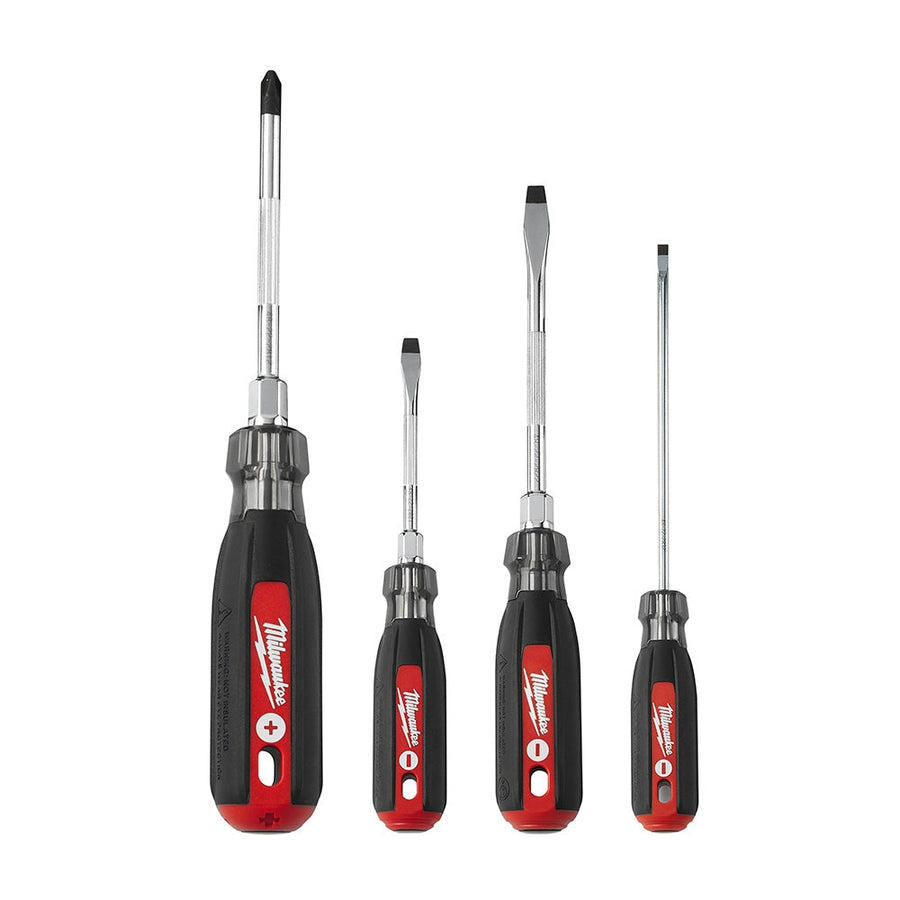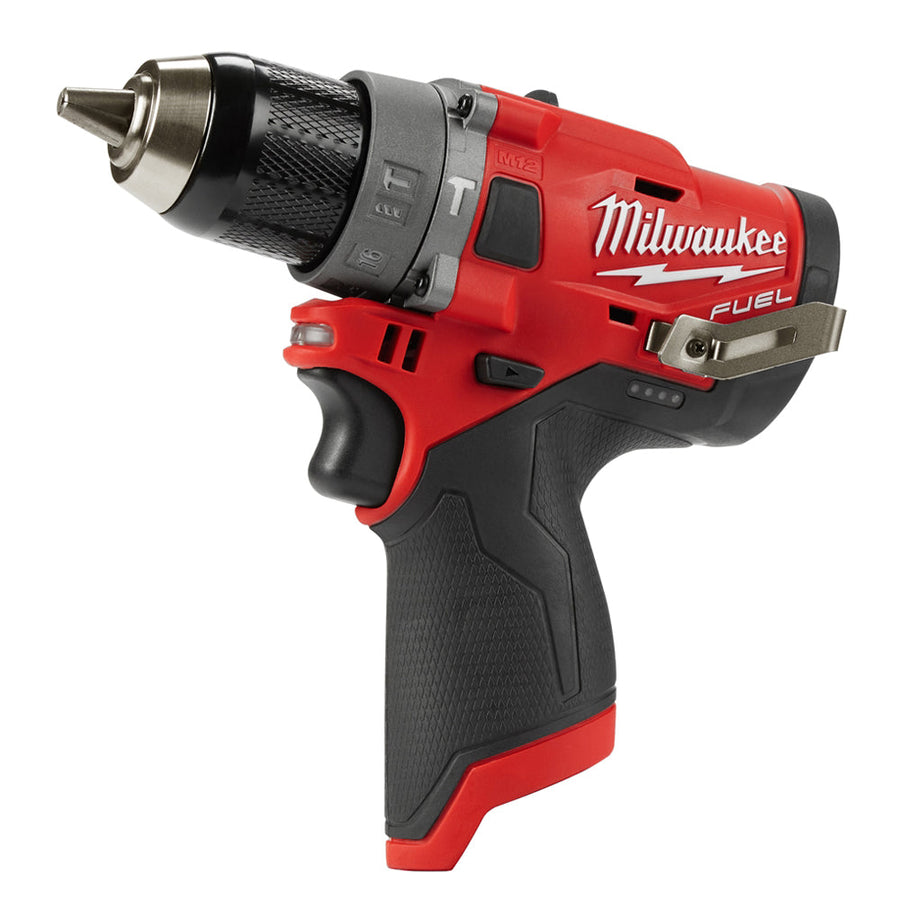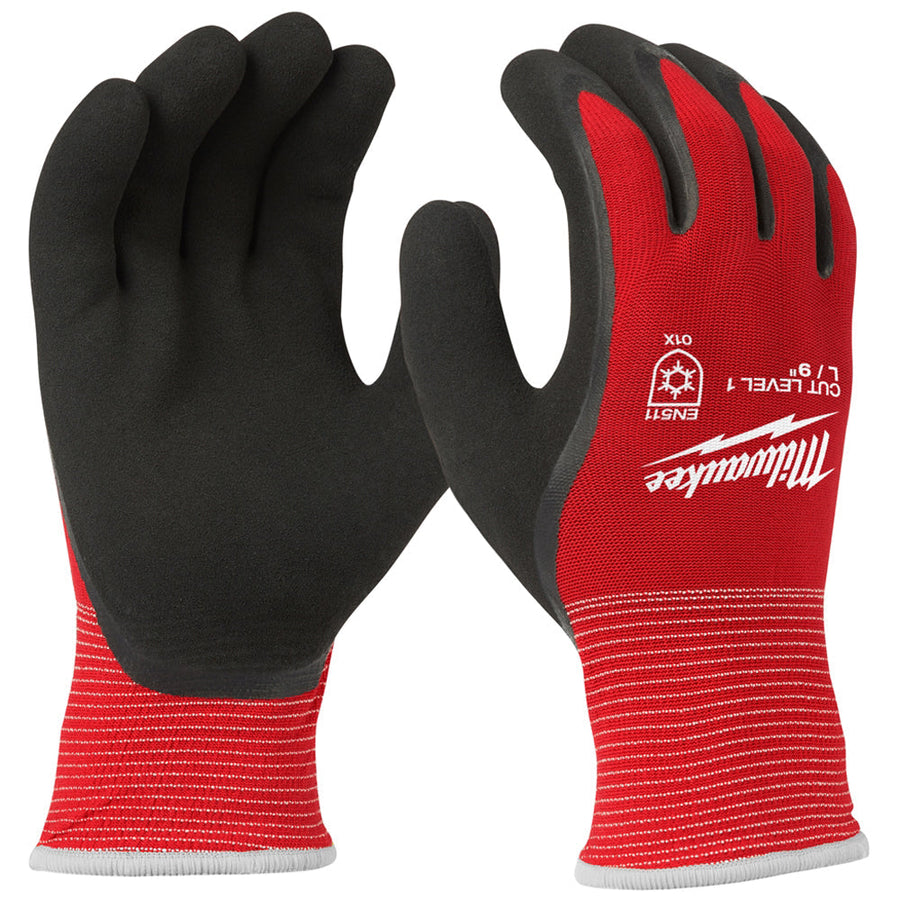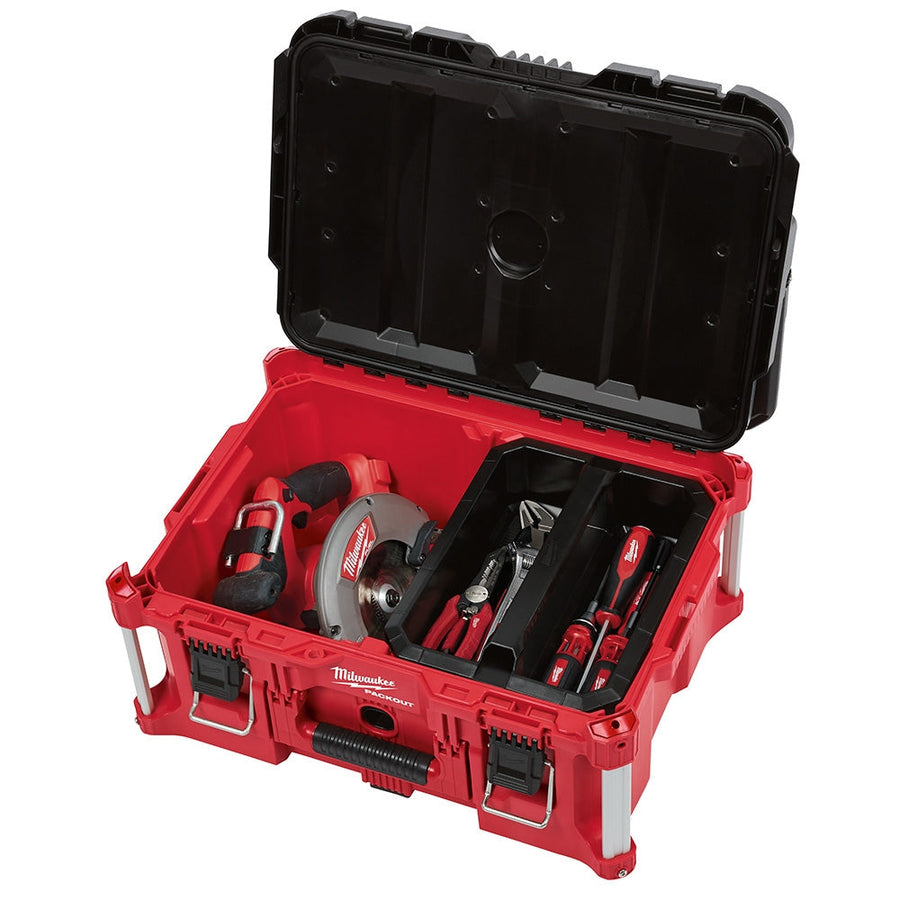Despite all the arguments about the health of the current economy, keeping any business financially stable has been a tough order the past few years. A combination of factors brought about by the COVID-19 pandemic have led to an exponential increase in nearly everything you would need to run a warehouse: transportation costs, property costs, and even the cost of manufacturing goods in and of itself.
With this in mind, there are still optimizations that nearly any warehouse can perform that will help their operations go more smoothly, helping them to maintain a more secure financial position in both the short- and long-term.
Four Tips for a Financially Stable Warehouse
Optimize your warehouse layout
One of the biggest drains on operational budget in a warehouse is the amount of effort you put into maintaining your warehouse and storing/picking your goods.The extra work-hours and overhead generated by inefficient item organization and poor layout planning can start to add up over time, whether it be in increased labor costs, the lack of space for new inventory, or lost revenue due to delayed orders and mispicks. Luckily, there’s a few quick solutions for organizing your warehouse storage that nearly any warehouse can use:
- Using your vertical space: Instead of taking up more floor space with wider shelving options, look into taller options like mezzanines or taller pallet racks to help store more items in the space you already have - and make them easier to find for your teams, as well.
- Keeping your aisleways clear: Take some time to identify the main throughways in your warehouse, and see if there’s any way you could make the flow of traffic more efficient by moving some shelves around and widening your aisles.
- Managing from the floor: If your management team is too physically distant from your picking team out on the shop floor, it could start to create a larger disconnect between the teams, resulting in inefficient workflow and potentially expensive miscommunications. Consider moving some of your office staff to a prefab office down on the floor to help maintain communication and prevent inefficiencies or errors before they can happen.
Optimize your inventory management & picking methods
Similarly, a great way to reduce extra costs in labor or inventory is to make sure your items are being picked as effectively as possible.Set clear, thorough picking guidelines for each of your items throughout the warehouse to lower handling time and to reduce the risk of employee injury and/or item damage due to improper handling.
This can also help to improve inventory accuracy over time. When your employees have a clear understanding of where each item is located and how they can be most effectively picked, it can prevent miscounts that lead to expensive over-ordering or (perhaps worse) lost sales. Having a better idea of your current inventory can also lower the need for safety stock, which can prove costly over time if not used or needed in a timely manner.
More frequent (and effective) cross docking
Cross docking is the act of using your warehouse to move incoming items from the vehicle dropping them off and directly into your order processing area for immediate outbound delivery. It’s a practice that has been growing in popularity over the years as a method of both fulfilling orders and reducing the cost of storing items for longer than necessary, especially if they’re fast sellers or if it requires faster handling times. This may take some loading dock optimization, but the lowered costs of storage will be worth it.Defining benchmarks
At the end of the day, the success of any warehouse largely comes down to how well your goals are met - but the catch is that it’s frequently up to you to define what those goals are.Take in the needs of your customers, the role your warehouse performs, and the industry it serves, and ask yourself a few questions:- Does it make more sense to measure total item intake and output, or the dollar amount of individual orders as they leave the warehouse?
- Is there an individual order picking target that your teams should reach, or is there an easier way to manage your picking staff’s goals for the chosen time period?
- Have your best practices become outdated over time as your target audience, chosen inventory, or inventory levels have changed?


